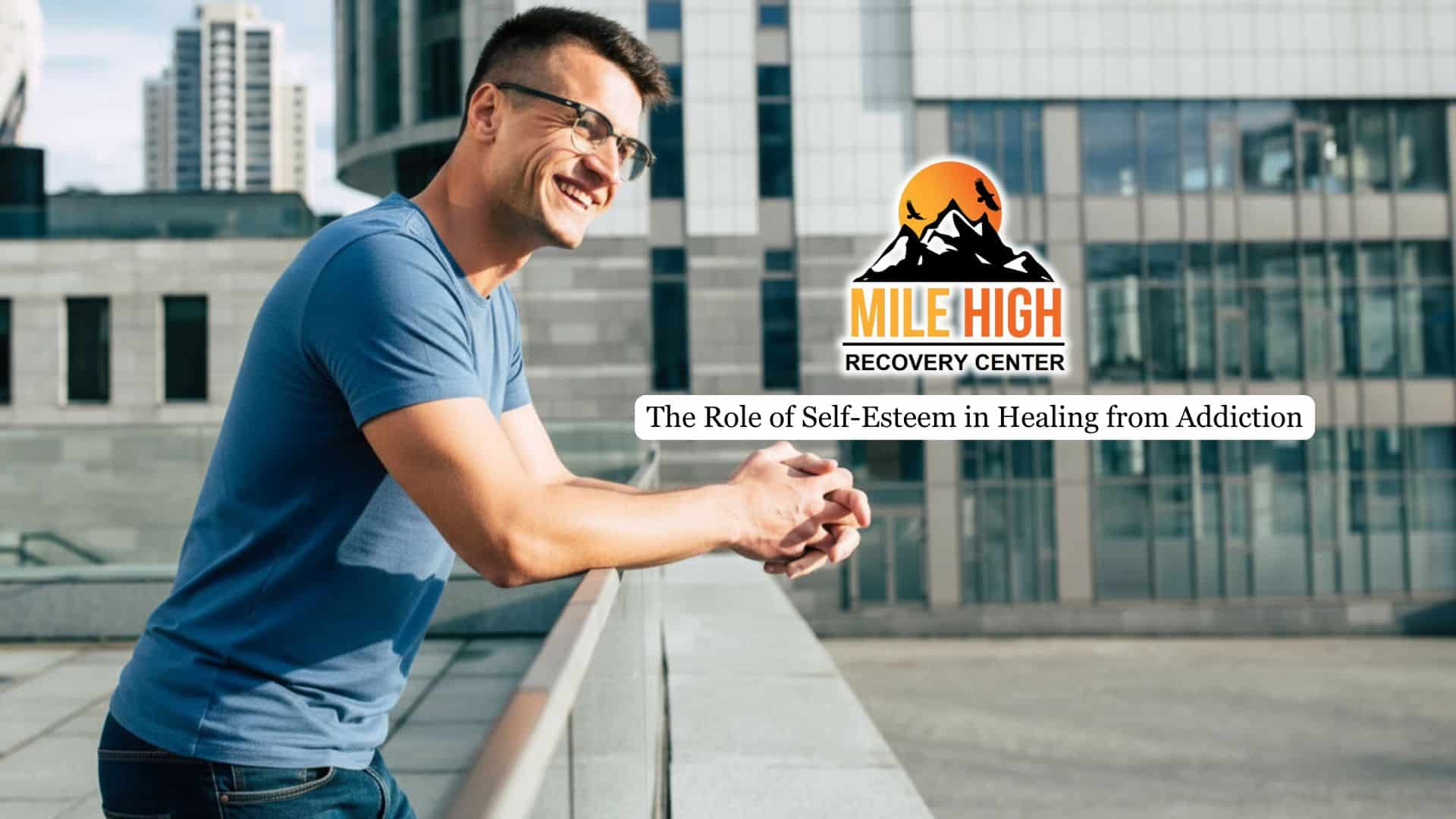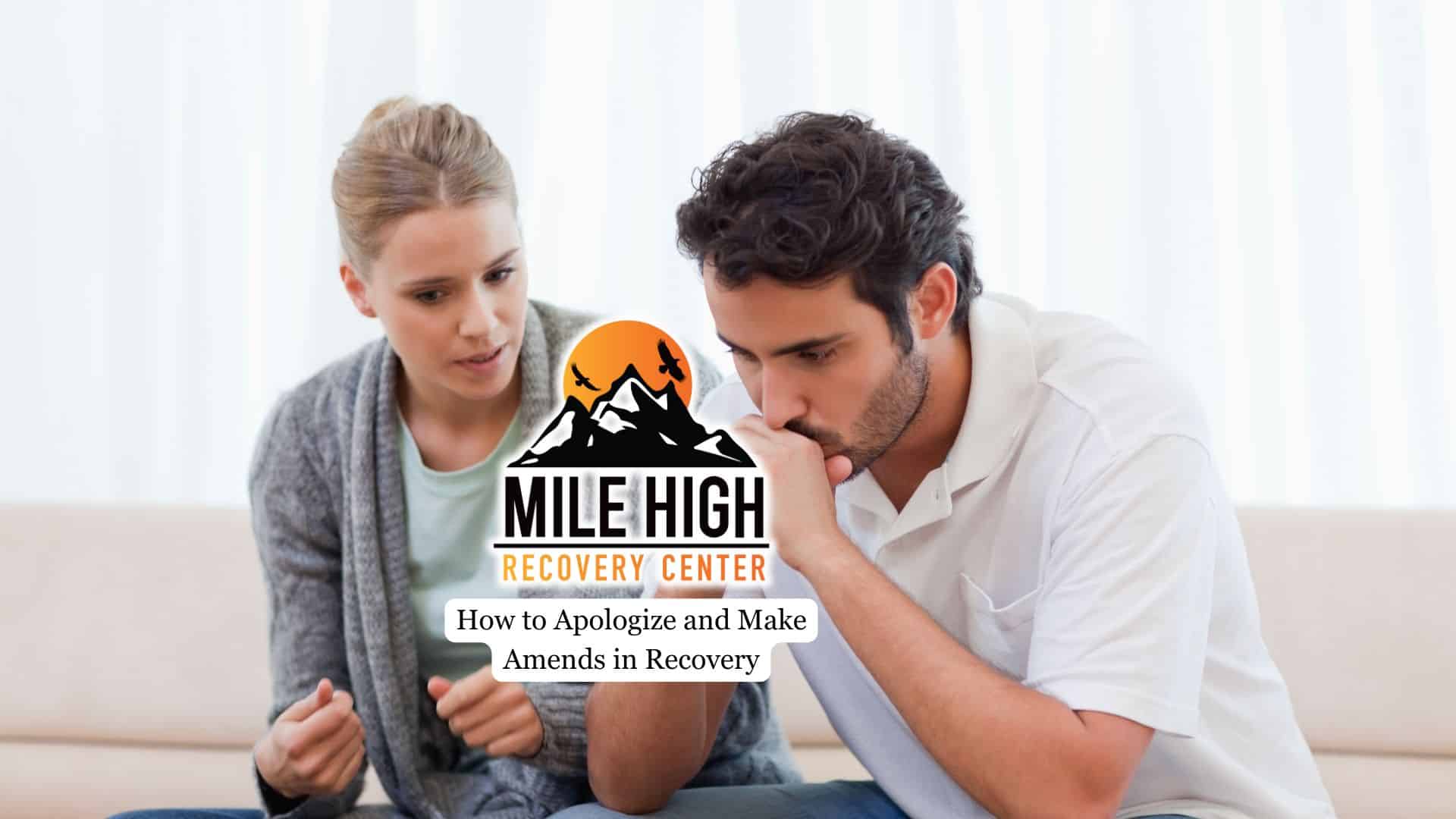Vivitrol is a long-acting medication often used in recovery plans, but questions about its safety continue to surface. If you’re navigating treatment options, knowing what to expect can make all the difference.
In this article, you’ll learn how Vivitrol works in the body, what risks might be involved, and how to approach treatment with informed awareness.

Important Safety Information About Vivitrol
Vivitrol®, the brand name for extended-release naltrexone, is used to treat opioid dependence and alcohol dependence. It is a once-monthly injection administered by a healthcare provider. Like any medication, it may cause side effects and carry certain risks. Patients should not start Vivitrol treatment until they have been opioid-free for at least 7 to 14 days to avoid sudden opioid withdrawal, which can be severe and may require emergency treatment.
Your healthcare provider may perform a naloxone challenge test to confirm opioid-free status before giving you Vivitrol. You should also tell your healthcare provider if you are allergic to naltrexone or any ingredients in Vivitrol. People who take Vivitrol should be aware that, like many medications, it may come with certain risks, including possible effects on the liver. Your healthcare provider may recommend monitoring as part of routine safety precautions.
Side Effects of Vivitrol: What to Know
Like many prescribed medications, Vivitrol may cause a range of side effects—some mild, others more serious. Common side effects include nausea, headache, dizziness, fatigue, and discomfort at the injection site. Injection site reactions may involve redness, swelling, or pain. While these reactions are usually manageable, some people may experience severe reactions at the site of injection of vivitrol that become infected and require medical care.
In rare cases, more serious side effects of Vivitrol can occur. These include liver damage, suicidal thoughts, allergic reactions, and a specific type of pneumonia that may be caused by an allergic response. It passes into breast milk, so if you’re breastfeeding, talk to your healthcare provider about whether Vivitrol is safe for you to use.
It’s important to know how Vivitrol affects you early in your treatment journey. Tell your healthcare provider about any unusual symptoms and report side effects to the FDA. If you experience difficulty breathing, chest pain, swelling, hives, or other signs of a serious allergic reaction, get medical help right away or call 911.
Dependence, Opioid Withdrawal, and Risk of Overdose
Vivitrol is not addictive and does not cause physical dependence. However, patients with a history of opioid dependence should be cautious when starting. The medication blocks opioid receptors in the brain, reducing the effects of opioids. This means if a person tries to use opioids while on naltrexone treatment, they may not feel the expected high.
Because Vivitrol blocks the effects of opioids, some individuals may take opioids in large amounts to try to overcome the blockade. This can lead to a life-threatening opioid overdose. Patients should stop taking opioids at least 1 to 2 weeks before starting it to avoid sudden opioid withdrawal. Tell your healthcare provider if you experience symptoms of opioid withdrawal or if your condition gets worse over time.

Using Vivitrol Safely: What to Expect
When you start receiving Vivitrol injections, your healthcare provider will review your health history and monitor you closely for side effects. Each dose of Vivitrol is administered via intramuscular injection, usually in the buttocks. The injection site should be rotated monthly to reduce the chance of complications.
Treatment with vivitrol may require ongoing evaluation to assess whether the medication is effective for you and if any adjustments are needed. Let your healthcare provider know about any prescription pain medicines you’re taking or if you’ve previously taken buprenorphine or methadone. Always follow their instructions and do not use opioids while on Vivitrol.
Final Thoughts from Mile High Recovery
Vivitrol is safe for many individuals when used under medical supervision, but it’s not without risk. Understanding how it works, knowing the side effects of Vivitrol, and being open with your healthcare provider are critical steps in ensuring your safety throughout treatment.
At Mile High Recovery, we take every precaution to support our clients through medication-assisted treatment, including those participating in our comprehensive outpatient rehab programs in Denver, CO. Our experienced team offers guidance for those with opioid dependence or alcohol dependence, ensuring that each person receives care grounded in safety, compassion, and clinical expertise.







